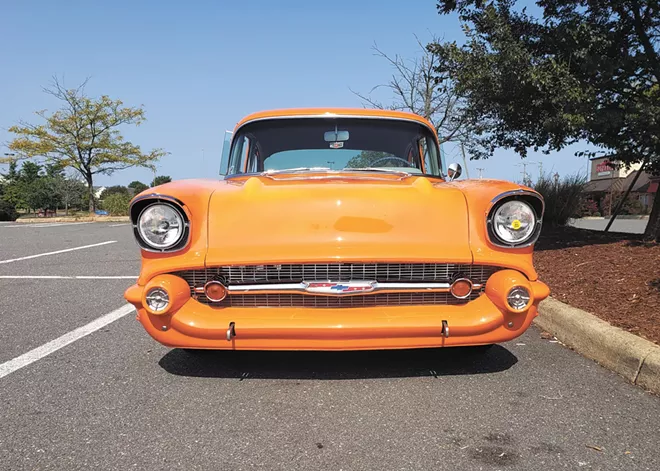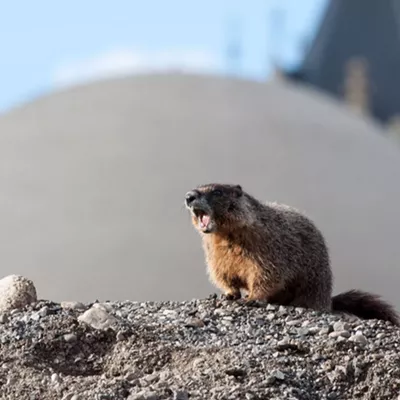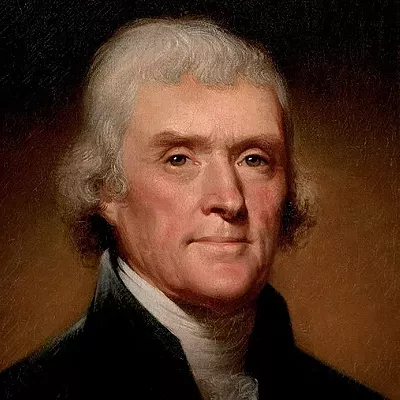
Perhaps no code requirement has more fundamentally shaped our cities since the 1940s and '50s than the off-street parking mandate. Put simply, these local rules generally require new developments to provide a certain number of off-street parking spaces, and they have dramatically changed the North American environment — leading to everything from strip malls to office parks to big-box stores. Over the past decade or so, advocates have begun to recognize the harm of these one-size-fits-all mandates and have pushed planners in some cities to dial them back.
Spokane had already made parking optional for new housing, in recognition that costs often get passed on to the renter or buyer of a home. But on Aug. 12, Spokane joined forward-thinking cities from across the country — like Austin, Portland, San José and Minneapolis — by making parking optional for all remaining uses across the city, including retail, office, industrial and entertainment.
In my view, this move has the potential to make Spokane more walkable, pleasant and business-friendly all in one fell swoop.
Let's look more closely at what it all means, starting at the macro level. First, consider our neighborhood commercial districts, like Garland or South Perry. These shopping streets were generally built during Spokane's streetcar era, and if off-street parking exists here, it's generally on lots where old buildings were torn down. Today, these are some of Spokane's most sought-after, because you can easily walk to grab a bite to eat, a coffee or a beer, or in some cases even your weekly groceries. But if someone wanted to build something similar today, under the old rules, they couldn't, because they'd be required to provide one parking stall per 250 square feet of retail space. Geometrically, that means the parking would take up just as much land as the building itself — hardly the walkable experience you expect from Garland, Hillyard or South Perry.
Now, with optional parking, an enterprising property owner could conceivably construct a new urban district with similar "bones" to South Perry or Garland — or extend these districts with much less distinction between the old and the new. That could mean more Garlands across the city, and it could finally allow these existing districts to grow.
Next, consider your favorite neighborhood café, like the Scoop or Rockwood Bakery. These small, older buildings generally served as waypoints on the streetcar network. In each case, sometime long after the streetcar shut down, the buildings were reactivated and have become attractions for residents within walking distance. Despite their lack of on-site parking, the city has had rules allowing the cafés to open and stay, but if you wanted to build a new one (or if, say, the building were structurally deficient and had to be replaced), you'd be held to the same standard referenced above — one stall per 250 square feet of space.
"...we could finally see new neighborhood commercial spaces across the city, providing walkable amenities to more residents."
That means building new neighborhood commercial spaces has been impractical.
Now, with optional parking, we could finally see new neighborhood commercial spaces across the city, providing walkable amenities to more residents.
Finally, consider a small restaurant that wants to grow business over the summer by adding outdoor dining on the sidewalk or on a patio adjacent to their space. To date, unless the restaurant was located downtown, the business would be required to ensure that it had enough parking not just for their indoor space, but for their outdoor space as well. If a restaurant is already "parked out" (that is, has the minimum number of required stalls for its indoor space), then it wouldn't be allowed to add a sidewalk café or patio.
Now, however, with optional parking, these outdoor spaces will no longer be disincentivized. Restaurants (which famously survive on a minuscule 3-5% profit margin) will have more freedom to get creative, and can offer new experiences for their customers. For both for diners and for the restaurants' bottom lines, that's fantastic!
To be clear, developers and business owners can and will still provide parking, but they'll do so only to the extent they are demanded. Onerous parking mandates make many of the things we most love about our city — walkable districts, friendly neighborhood cafés and creative restaurants — less viable. They are hostile to business and stifle creativity. To the extent that these experiences have thrived in Spokane, they have done so because City Hall has offered some flexibility and relief.
Now, however, this freedom and flexibility is available to everyone, and we have lifted another big barrier to the type of walkable, inclusive, economically sound and vibrant city we hope to build. Personally, I can't wait to see what types of small businesses, cafés, shops and experiences this change will bring to Spokane. ♦
Anthony Gill is an economic development professional, Spokane native and writer of Spokane Rising, an urbanist blog about ways to make our city a better place to live.























